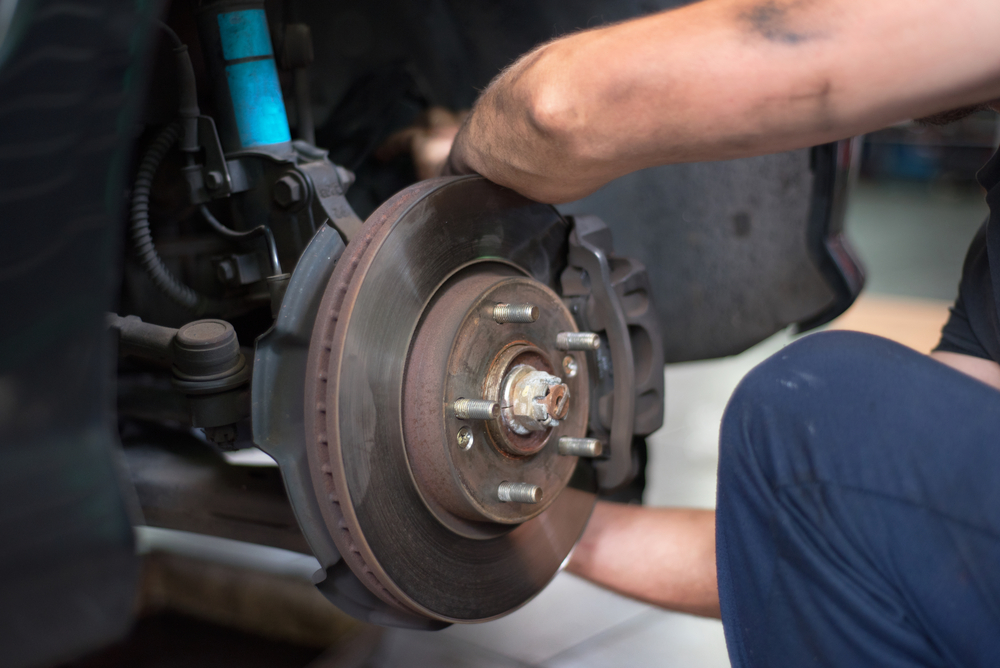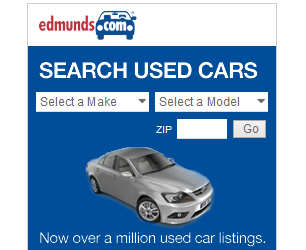The Truth Behind After-Market Auto Parts
Valerie Raskovic

When it comes to repairing or maintaining a vehicle, owners often have the option to choose between original equipment manufacturer (OEM) parts and aftermarket or non-OEM parts. Each option has its own set of positives and negatives. We have consulted with a number of technicians with decades of experience to identify the benefits and drawbacks of using non – OEM parts.
But before we get into the details, it is important to make note that not all parts are created equal. The quality of the products they produce relies highly on the following factors:
- Advanced manufacturing and equipment
Quality manufacturing usually involves using advanced manufacturing techniques such as CNC machining, injection molding, and laser cutting to achieve tight tolerances and consistent quality.
- High-quality standards
To ensure consistent and precision built quality manufacturers must conduct rigorous testing and quality control processes to ensure that their products meet or exceed industry standards. For example, a manufacturer that makes parts through the process of injection molding must test their mold to make sure it does not degrade or deform due to wear and tear and ensure the part manufactured today adheres to the same tight tolerances as the first batch of parts produced.
- Materials used
High-quality auto parts are made from various durable materials that can withstand the rigors of everyday use and adhere to OEM standards. The materials have to be cycle tested through adverse conditions such as heat, cold, moisture and corrosion. The use of alloys and composites is becoming more prevalent in the automotive industry. This makes it that much more important that the non-OEM manufacturer uses similar or superior materials as their OEM counterparts. Considerable reverse engineering is necessary to determine the optimal materials for use, tailored to the specific and distinctive automotive applications they are intended for.
For instance, aftermarket aluminum alloy wheels are typically not made with the same type and density of aluminum alloy as the factory/OEM wheel and may perform completely differently under aversive conditions. Also, the process by which it is formed also has a great impact on weight, maximum impact strength and maximum load.
- Corporate culture & Oversite
A company that prides itself on workmanship and quality above price will typically produce a better product. Not to say there are no low-cost manufacturers out there that produce good-quality parts. It’s all about striking the right balance between demand, quality and price. One way a company can demonstrate their commitment to quality and improvement is by adherence to industry standards and being up to date with certifications such as ISO 9001 and ISO/TS 16949. Certification ensures that the manufacturer follows established processes and procedures to produce reliable and high-quality products.
Certifications are not the only way that customers demonstrate to consumers that they are committed to making quality products. Quality auto part manufacturers will typically offer a comprehensive warranty or guarantee that covers defects in materials and workmanship. A warranty provides peace of mind to consumers and reflects the manufacturer's confidence in the quality and reliability of their products.
Common Positives and Negatives
We have done our best to identify the common pros and cons of using non-OEM replacement parts; however, it is important to keep in mind that some manufacturers are better than others and we have heard some genuinely positive experiences with some non-OEM companies as well as some horror stories. So, whatever manufacturer you choose to go with, be sure to research the company before making a purchase or agreeing to use non-OEM replacement parts in your car.
Positives of Replacement Non-OEM Parts:
- Cost-Effective: Non-OEM parts are typically more affordable than their OEM counterparts, making them an attractive option for budget-conscious consumers.
- Availability: In many cases the same part may be manufactured by multiple non-OEM manufacturers and distributors, making the part readily available. On at least one occasion, purchasing non-OEM/aftermarket parts personally saved me over a week of waiting compared to ordering factory OEM parts. This meant the car didn't have to be out of service for a week and I didn't need to borrow or rent another vehicle to get around.
- Variety: Aftermarket parts are often available in a wide range of brands, styles, and qualities, giving consumers more options to choose from. Variety is an important consideration for those of us looking to add a little custom touch to our vehicles. A set of non-OEM wheels can totally transform the look of your car and bring it a personal touch, which will make it stand out from a crowd.
I have been rocking a pair of Beamtech aftermarket LED bulbs in my front headlights for years and I have NEVER had any issues with them and they perform and look better than OEM bulbs and all for a fraction of the price. I believe I paid just under $30 for the pair and they are still readily available and made to fit multiple makes and models.
Negatives of Replacement Non-OEM Parts:
- Quality Concerns: The main concern related to non-OEM parts has greatly to do with quality as, the materials, specs and quality standards used by non-OEM manufacturers can vary significantly depending on the manufacturer, leading to potential issues with fit, performance, and durability.
One of the most recent examples of a part quality-related issue occurred when my brother-in-law brought in his late-model Subaru for a check engine diagnosis. The shop quickly determined that the vehicle had a faulty exhaust solenoid and replaced it with a $20 aftermarket no brand name unit. This fixed the problem and my brother-in-law was able to drive a whopping 5,000 miles before the check engine light lit up again. In summary, it turned out that the budget-friendly, generic exhaust solenoid installed during the previous repair had failed prematurely and needed to be replaced again. This time, my brother-in-law chose to invest in the $120 OEM Subaru part, which has been working perfectly up to the present day.
- Compatibility Issues: Non-OEM parts may not always be an exact match for the original parts, leading to compatibility issues and potential installation challenges. This is a common issues, especially when it comes to low-quality auto body panels.
I have personally experienced fitment-related issues with aftermarket auto parts, but the one that sticks in my head relates to a minor fender bender I experienced a few years back. My wife jokingly refers to it as the fender incident. I experienced a minor collision on a snow-covered road, where I accidentally hit a small tree on the front passenger-side at low speed. As a result, my front passenger side fender got dented. Instead of repairing the fender, I agreed with the body shop that it would be more cost-effective to simply buy a new one. I had already found a new aftermarket fender for just under $30, so I figured after some primer, paint and professional color matching or blending, the car will be as good as new. We discovered that the dimensions of the aftermarket fender were completely off. It was actually about an inch too long. In the world of auto body repairs, even a small discrepancy like this can cause significant fitment issues. With this aftermarket fender in place, the headlight would not even reach the mounting points on the body of the car and the bumper looked badly misaligned. In fact, the car looked kind of funny and after a brief moment experiencing a bit of disappointment and regret, I decided to stop penny-pinching and paid around $200 to buy another original OEM fender. Granted, I had to go through the costly process of painting it and installing it on the car; however, it felt good knowing that I will not need to go through the process a third time. Every time I remember this story, a common saying comes into my mind: “Buy once, cry once”. I have learned the hard way to carefully research part manufacturers, read reviews and ask professionals before ordering any aftermarket parts for any of my family cars.
- Effect on Warranty & Resale Value: Some vehicle warranties may become void if non-OEM parts are used for repairs or maintenance, potentially leaving the owner responsible for any future issues. If your vehicle is under existing warranty, consult with the vehicle manufacturer or warranty company to ensure that the use of a non-OEM part is permitted and will not void the warranty.
In some cases, the use of non-OEM parts for repairs may negatively impact the resale value of the vehicle. This is especially important in the vehicle collector community, where car buyers prefer vehicles with OEM parts for perceived quality and reliability.
Ultimately, the decision to use non-OEM parts should depend on careful consideration based on your research, taking account of such factors as brand reputation, consumer reviews, availability, budget and personal preference.
Read more articles

